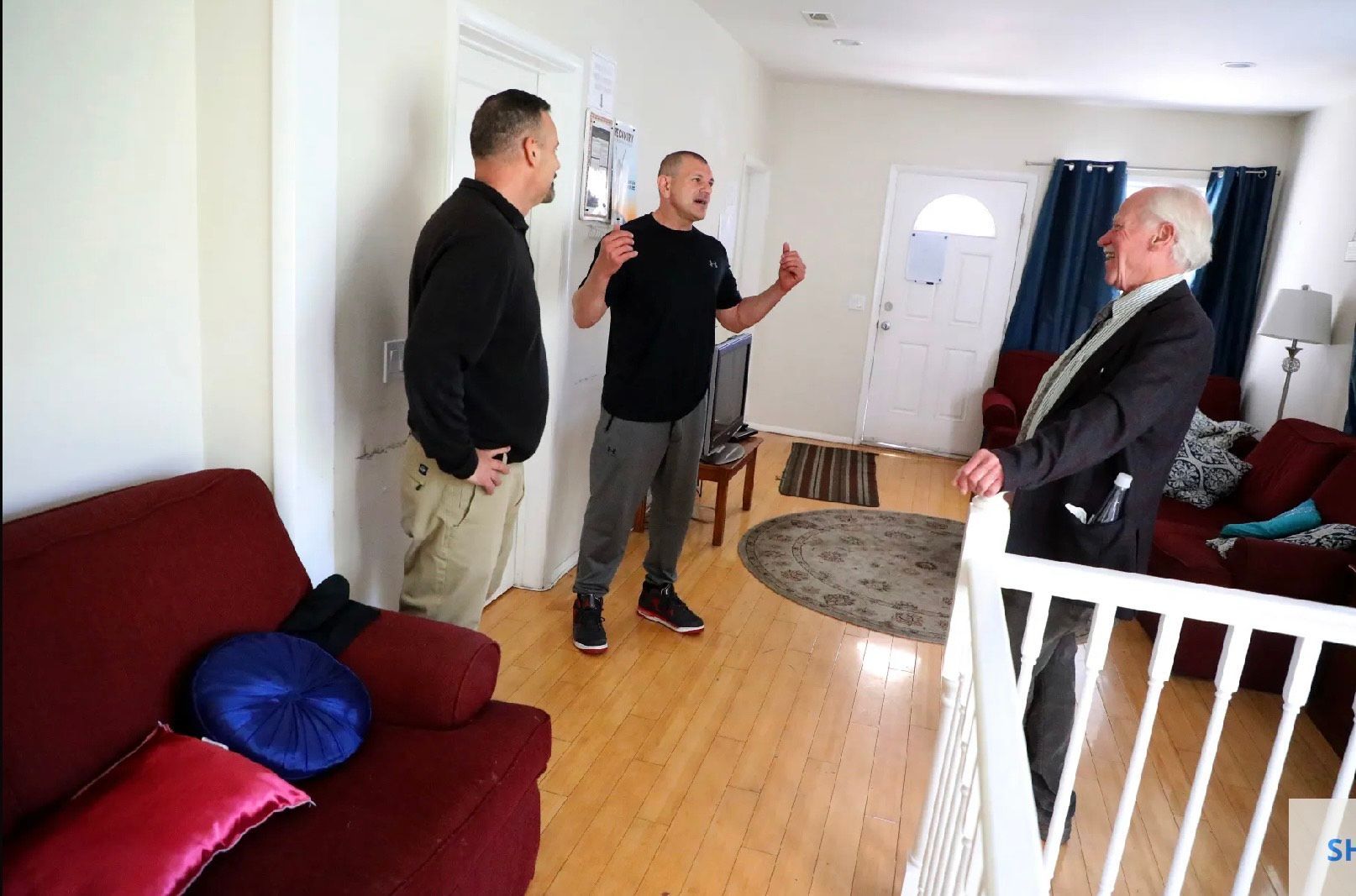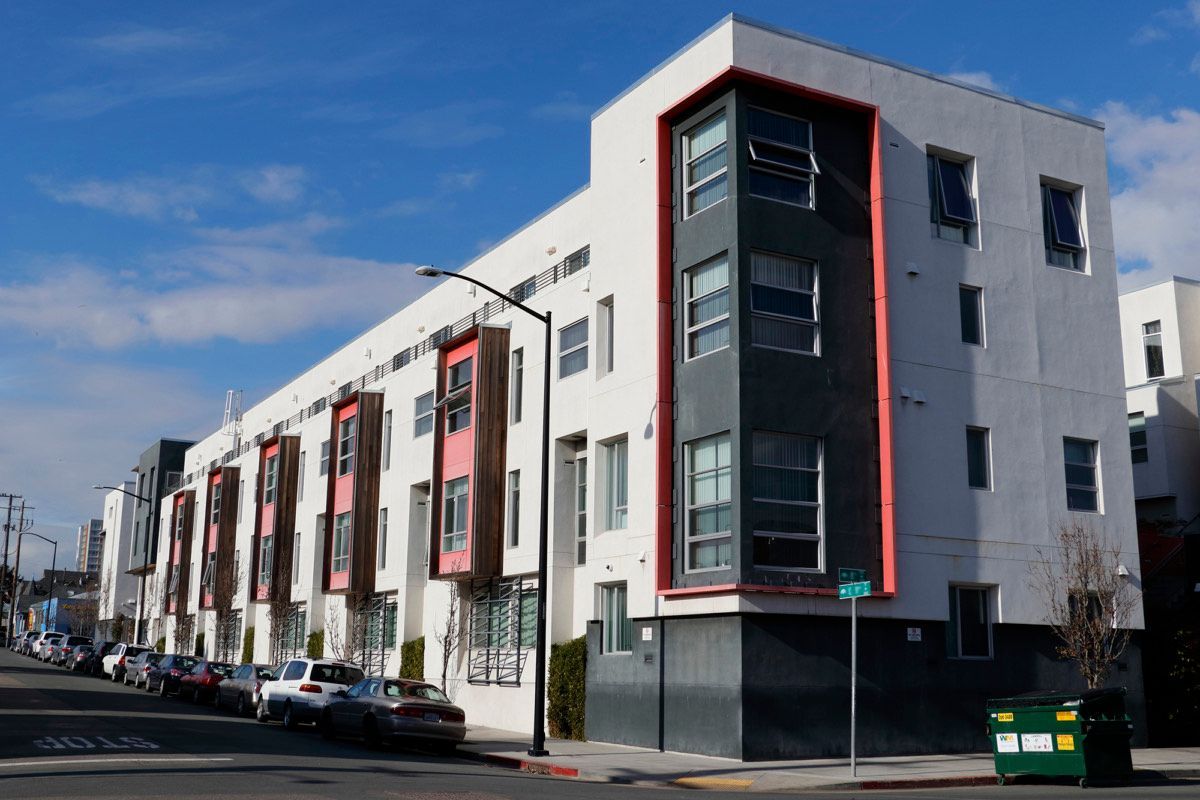Homeless Crisis in Oakland, CA
Who is Affected and What to Do?

Homelessness in Oakland has seen a significant rise over the past decade, with the population doubling during this period. This increase is primarily driven by a housing crisis and ongoing economic inequality affecting the city’s most vulnerable residents.

Gender
In 2019, 60% of individuals experiencing homelessness identified as male, 36% as female, 2% as transgender, and 2% as gender non-conforming.

Race
Racial disparities are evident, with African Americans experiencing homelessness at a rate of 1,797 per 100,000, compared to 43 per 100,000 for Asians and 268.6 per 100,000 for Whites.
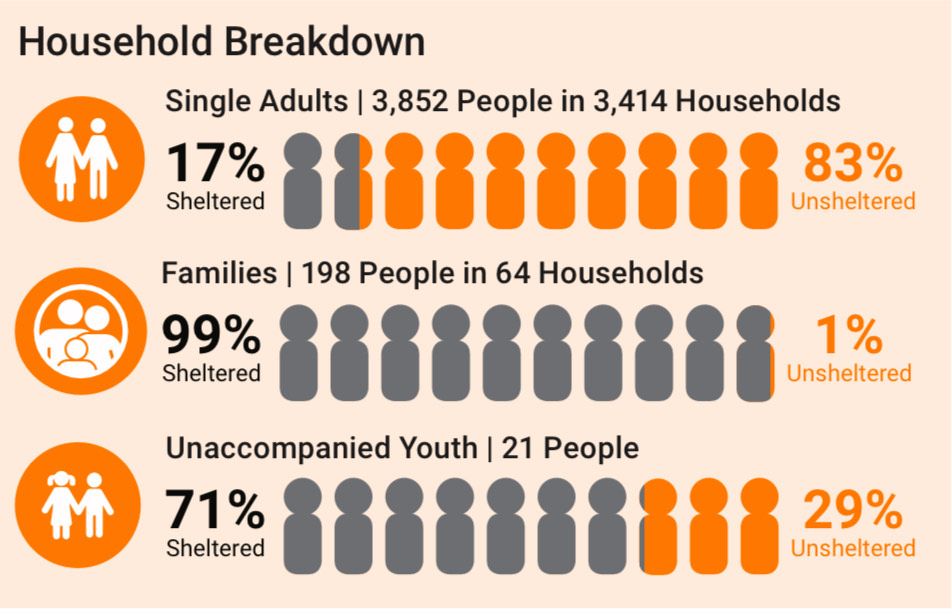
Household
In 2019, single individuals comprised 95% of Oakland’s homeless population, while families with at least one adult and one child under 18 accounted for approximately 5%.
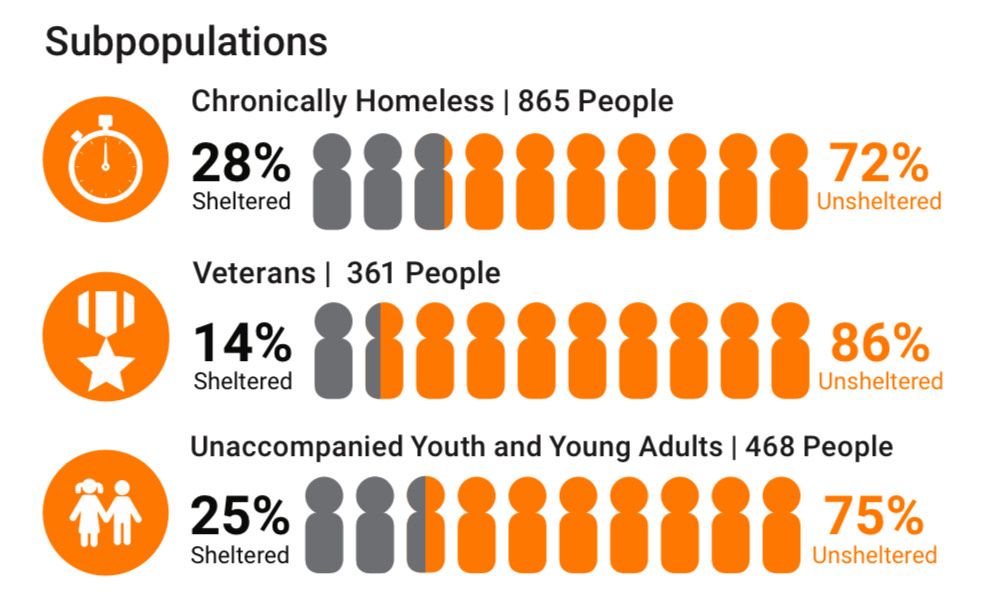
Subpopulations
Unaccompanied children and transition-age youth represented 12% of the homeless population.
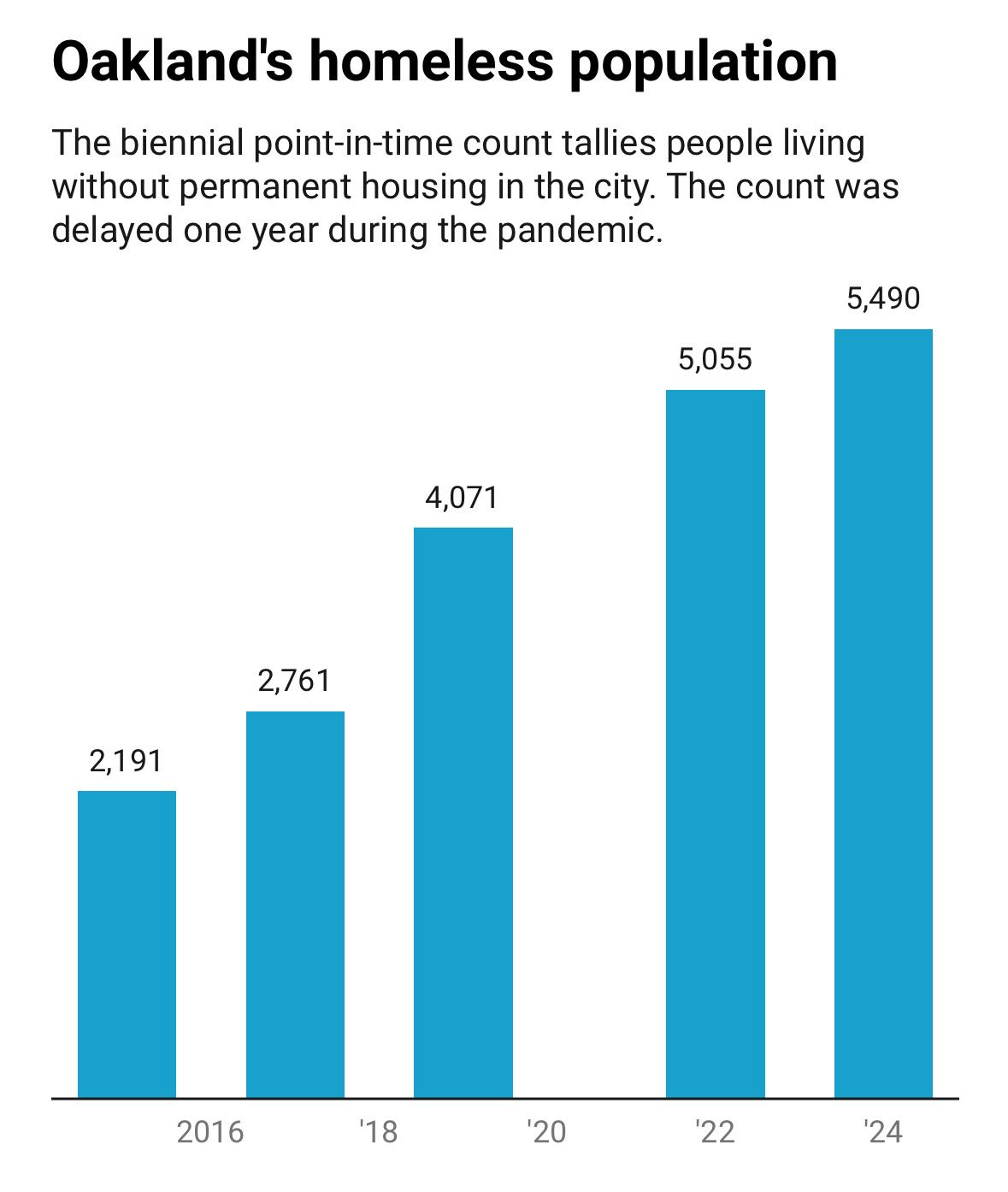
Trends Over Time
Between 2020 and 2024, Oakland reported a 34% increase in homelessness. However, the growth rate has slowed recently, with a 9% increase observed in the latest count, bringing the total to 5,490 individuals without permanent housing.
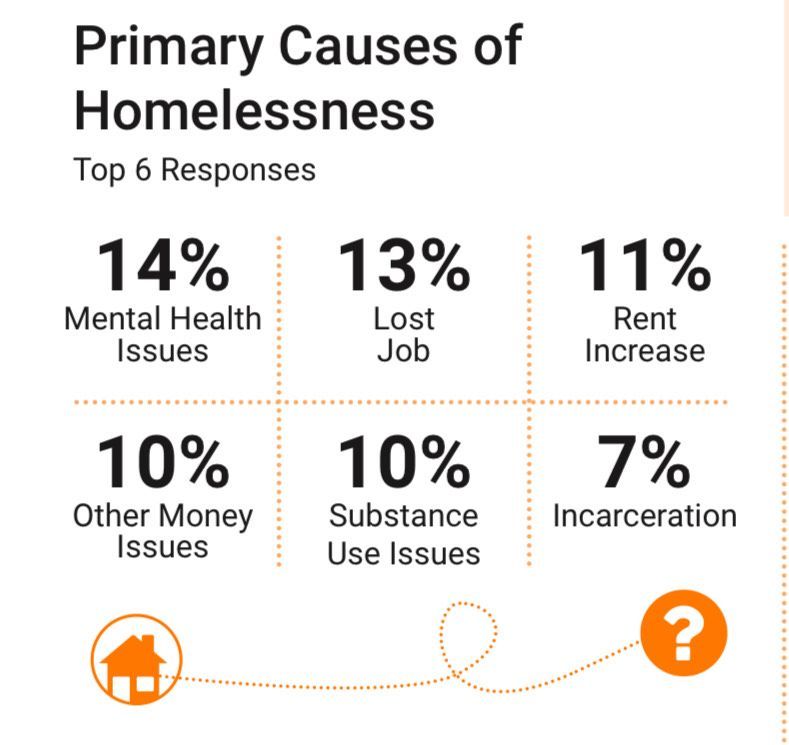
What causes a person to become homeless?
The causes of homelessness in Oakland are multifaceted. Economic factors such as the lack of affordable housing and insufficient income are significant contributors. Additionally, systemic issues like racial disparities and discrimination exacerbate the problem. Personal circumstances, including domestic violence, mental health challenges, and substance use disorders, also play a role.
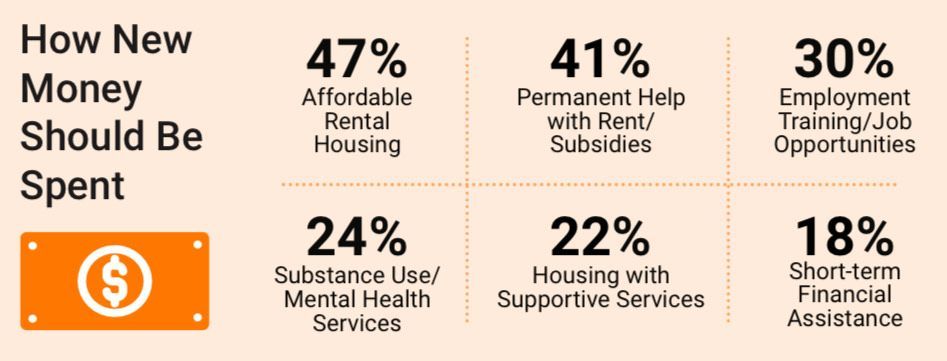
What needs to be done?
Addressing homelessness in Oakland requires a comprehensive approach that tackles both systemic and individual factors. This includes increasing the availability of affordable housing, providing accessible mental health and substance use treatment services, and implementing policies that address economic inequalities and discrimination.

